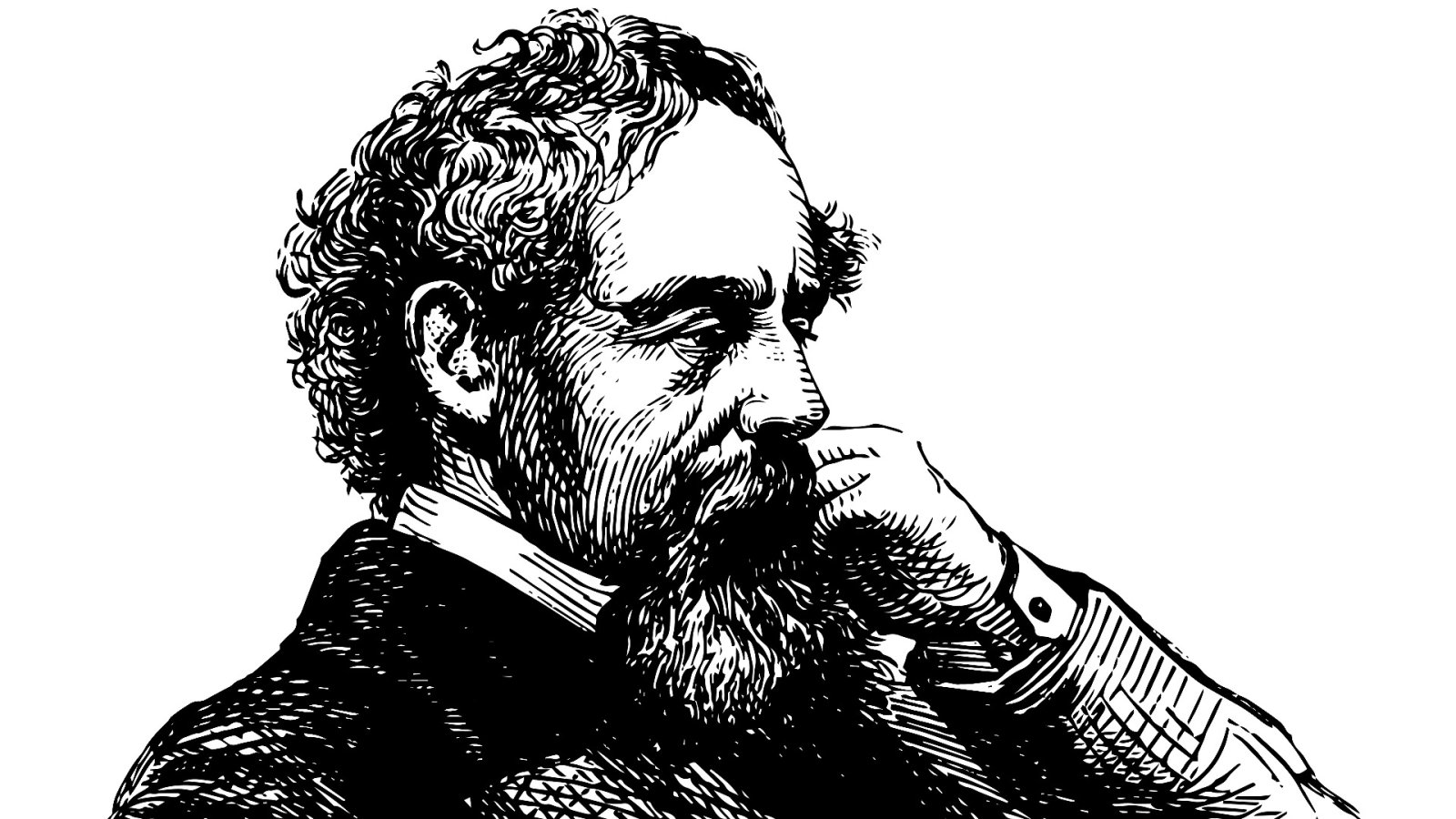Margaret Gillies, a Scottish artist born in London in 1803, was approached by writer Frederick George Kitton in the 1880s who sought information about one of her portraits of Charles Dickens. Margaret stated she had "lost sight" of it -- something that also applied to her own legacy as a female artist in the era. Because Margaret's artistic talent was recognized and she was trained by Scottish miniaturist Frederick Cruickshank in the 1820s, she later expanded to larger paintings. She studied in Paris with the Scheffer brothers. But little do most know that Margaret lived a non-conventional life, similar to the author George Sand, who was also her neighbor in Paris!
So, in the early 1820s, Margaret Gillies met and fell in love with Dr. Thomas Southwood Smith, who separated from his wife. A strong advocate for female suffrage and an independent woman, Margaret chose to live with Smith without marrying. Both shared a passion for bringing change to society and worked towards alleviating poverty. What’s more, Smith was a member of the Poor Law Commission and had a friendship with Charles Dickens. This is actually the event that led to Margaret painting Dickens in 1843 during the writing of "A Christmas Carol."
"A Christmas Carol," written by Charles Dickens in response to the issue of child poverty, was the first of five Christmas books. During his work with Southwood Smith, Dickens was asked to write a government pamphlet on behalf of poor children, which he turned into a novel.
The book focuses on the need for the wealthy to help the poor, including two child characters, Ignorance and Want, who appear with the Ghost of Christmas Present. Dickens wrote the book in six weeks with around six to seven sittings with Margaret Gillies, who painted his portrait. The expression in Gillies' portrait suggests impassioned conversations between the two. Gillies had previously illustrated a government report on the working conditions of women and children in mines, which was kept secret due to the shocking nature of the content. It is possible that the episode in the book where Scrooge sees the miners in Cornwall was inspired by Gillies' stories.
When he sat for the portrait, the author was grappling with financial and emotional depression due to the poor reception of his travelogue "American Notes" and novel "Martin Chuzzlewit." His publishers were losing faith in him and only agreed to publish his Christmas story if he covered a significant portion of the costs. Despite his struggles, the author had no idea that "A Christmas Carol" would become a huge success and transform his life. As a stressed young father, haunted by his past poverty, he feared for his family's future.
The portrait was part of a book called "A New Spirit of the Age" written by anonymous writers, including Mary, Margaret's sister. The book aimed to motivate readers to take positive action.
The portrait of Charles Dickens was displayed at the Royal Academy in London in 1844, with poet Elizabeth Barrett Browning commenting on its subject having "the dust and mud of humanity" despite his "eagle eyes." Although the Royal Academy did not allow female members at the time, several female artists, including Margaret Gillies, exhibited works in the 1844 exhibition. While many of the male artists, such as J M W Turner, Sir Edwin Landseer, Abraham Solomon, Daniel Maclise, and William Etty, are still famous today, the female artists named in the catalog have faded into obscurity.
Out of the 1,410 works on display, four were by Gillies. This was the last time the public saw Gillies' portrait of Dickens for many years, and future generations only learned of it through an engraving made from it. Over time, Gillies' painting of the young, handsome author, distinct from his more commonly known bearded appearance, became known as "the lost portrait" and was believed to have been lost or destroyed.
It is likely that the obituary writers were unaware of the true life of Margaret Gillies, who crawled through sweltering mining tunnels to document the oppressive conditions faced by female and child laborers, often forced to disrobe while working to avoid heat exhaustion. Despite this, her works remain a testament to her legacy, showcasing illustrations that are as haunting and poignant as Dickens's writing, though they are not as widely recognized today.






